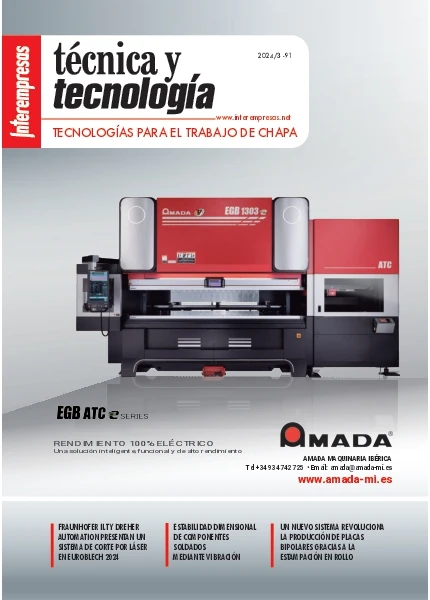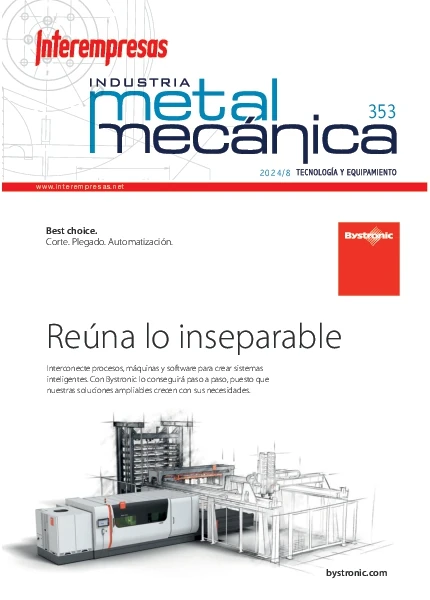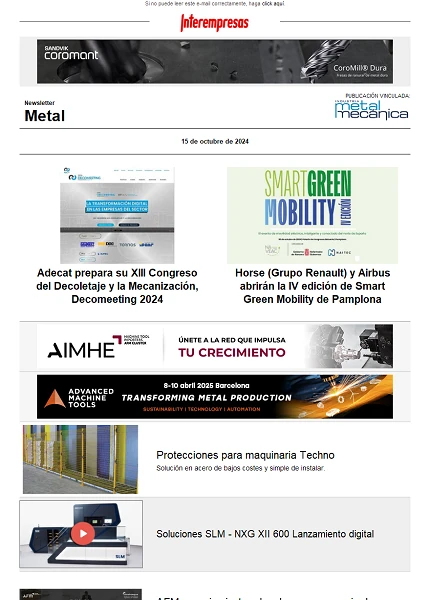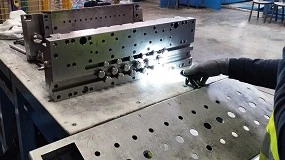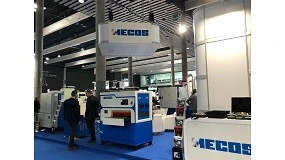In the eléctrico-electrónico sector ecodesign
July 25, 2011
As can be seen in the table, the eléctrico-electrónico sector covers a wide range of products, very different from one another and targeted to different consumer profiles, which causes that, in each case, the design of the same note priority aspects. For example, the size of an MP3 player declines, obtaining a product very lightweight, minimalist, while the helmets of the same increase giving one greater chance of isolation; a computer keyboard decreases in size, is thinner, with keys only visible if you are focused on a mainstream, but instead increases in size, strength and is more colorful when you run a child.
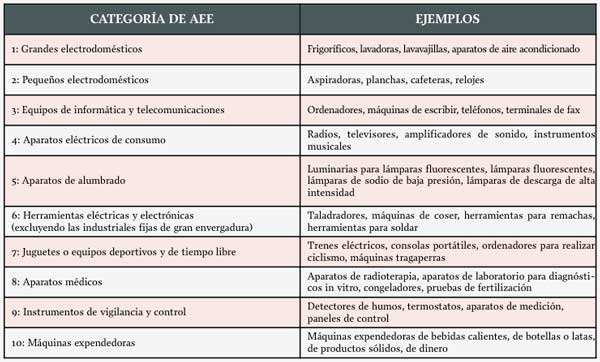
It is necessary to design the product based on a few considerations or factors, which include:
1. Technical or functional factors. Must take into account what is the product itself or any of its parts (buffer, transmission of light, integration of botonera…), which is the structural resistance you need, what materials must be given their own processing components, etc. For example, a medical device designed primarily on the basis of these factors; ease of cleaning after each use or lightness of elements being very critical breathing equipment and aerosols.
2. Legal factors. These tend to be limiting, an ESA compliant technical specifications may be inappropriate if it presents a legal non-compliance. For example, if a substance is prohibited as a PBDE (their flame retardant), that it is currently prohibited in the manufacture of these teams.
3. Aesthetic factors. Perception and attraction of the consumer for the product is pursued through them. Forms, colours and design in general, are basic to visual communication, and must be consistent with the qualities you want to convey the product, as well as the profile of the consumer which is directed. These are factors which increasingly are becoming more important, considering some Eee a mix between art and technology. For example, it is very important in home appliances, which at times seeks the concept of integration with the environment and other customization.
4. Economic factors. They are very critical or constraints depending on the type product which concerned and the consumer is directed. For example, in the case of PES's latest technology cost is closely related to the exclusivity of the product, therefore own cost is going to be one factor but not the most important. However, in most consumer products this factor is critical and may reflect in a time of life of the product for a lower quality components.
In addition to the above factors charged increasingly important environmental factors, related to the reduction of the environmental impact of the product itself.
In this sense we must talk about eco-design that is related to sustainable consumption and with consumers who have a greater environmental sensitivity. Eco-design or design ecological (II) is the integration of environmental aspects into product design in order to improve its environmental performance throughout their life cycle.
As life-cycle (III) refers to the stages consecutive and interrelated system of the product, since the acquisition of raw materials or of his generation from natural resources, until its final disposal.

Thus, the total environmental impacts generated by a product will be produced throughout its life cycle and are related to the high consumption of materials, energy and water; the energy consumption of the product itself for its use and the direct or indirect emissions to the atmosphere or water, among other things. As a result of these aspects occurs among other impacts the depletion of natural resources, the decline in environmental quality, the effect greenhouse or eutrophication of the environment.
According to the Federal Environment Agency, the importance of eco-design is that the majority of the environmental impacts of a product are defined from the moment the idea is conceived, it is estimated that more than 80% of the environmental impacts that will have any product during all stages of their lives, are preset from its design stage.
Eléctrico-electrónico sector has worked for many years in the eco-design, as shown in the associated legislation, establishing specific criteria that are intended to reduce the energy consumption during the use of the product, which in general is the environmental aspect more critical of an eléctrico-electrónico device. The realization of an ecodesign may be conducted based on specific ecodesign strategies:
- Improve the concept of the product.
- Selection of low-impact materials.
- Reduction in the use of materials.
- Optimisation of production techniques.
- Optimization of the distribution system.
- Reduction of impact during use.
- Increase of the useful life of the product.
- Optimization at the end of the useful life of the product.
In ecodesign strategies you can define actions that can help the company to emerge on their computers eléctricos-electrónicos ecodesign performances. Some of these actions are (IV):
- Manual of the team in the same (mobile phone, television, etc.), eliminating the traditional paper version.
- Screens of low power consumption.
- Use of solar panels.
- Use of rechargeable batteries.
- Minimization of lacquered and employment of black smoke.
- Use of retardants flame no halogenated.
- Elimination of unnecessary components.
- Modular design with an easy disassembly.
- Integration of various functions on the same computer.
- Design of standard components for use on different computers.
- Use of recycled materials.
- Marking of plastic materials.
- Minimization of the use of hazardous substances.
- Use of plastic drivers, eliminating certain metallic components.
- Use of materials from renewable sources.
Logically, the choice of either action will depend, among other considerations, the technical and economic feasibility and the availability on the market of materials and specific techniques. It should not be forgotten that speak of actions is something indicative and who before eco-design of a product an in-depth analysis of the same and must be seen in each case the real environmental improvement, taking great care not to move the impact of a stage to another in their life cycle. Ecodesign is a competitive advantage, needs and/or expectations of the consumer-oriented and that will evolve with the development of society itself.
(I) Directive 2002/96/EC of the European Parliament and of the Council of 27 January 2003 on waste electrical and electronic equipment (WEEE). Official Journal of the Union European L37, February 13, 2003.
(II) directive 2009/125/EC of the European Parliament and of the Council of 21 October 2009 establishing a framework for the setting of ecodesign requirements for energy-related products. Official Journal of the European Union series L 285/10. October 31, 2010.
(III) UNE - EN ISO 14040 environmental management. Analysis of life cycle. Principles and framework of reference. Madrid Aenor, December 2006.
(IV) Eva Verdejo, Gemma Botica ' Guide in the plastics sector ecodesign: Eléctrico-Electrónico', Aimplas 2010. ISBN: 978-84-614-5788-5


